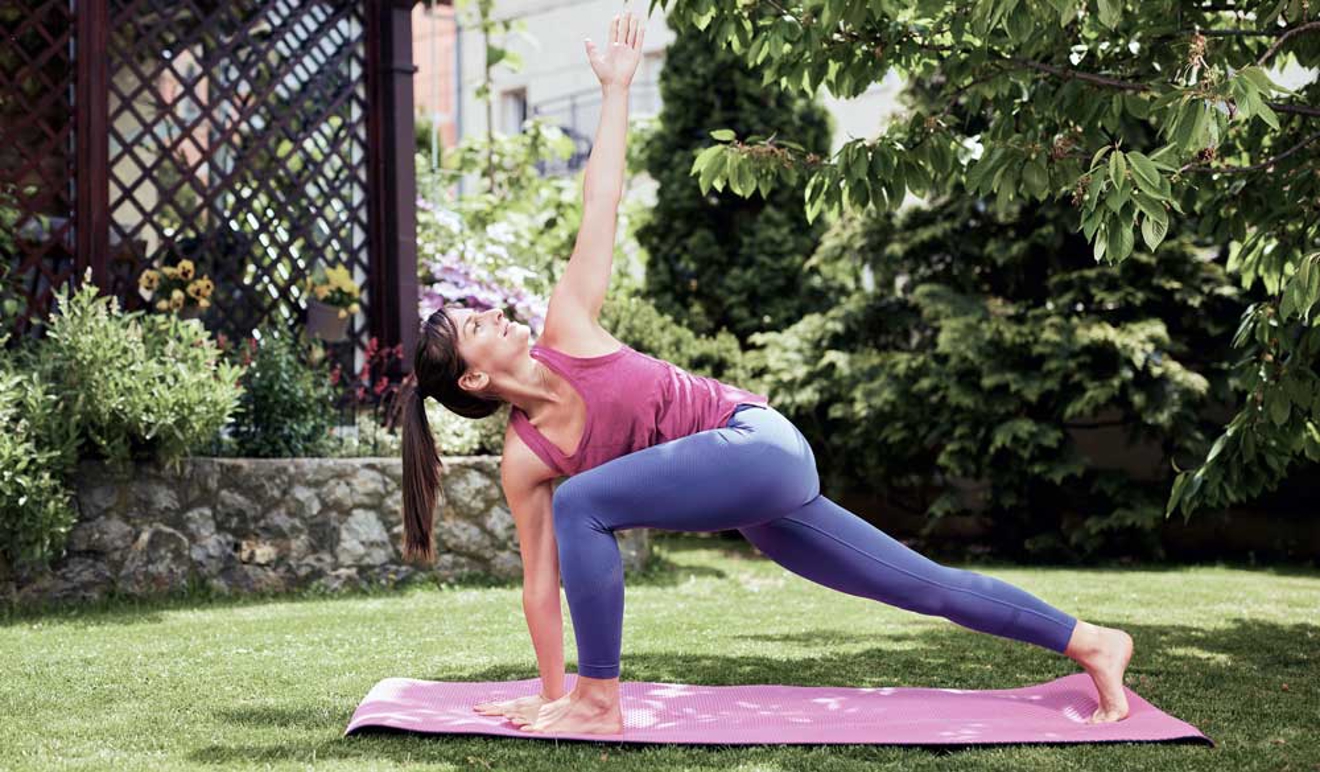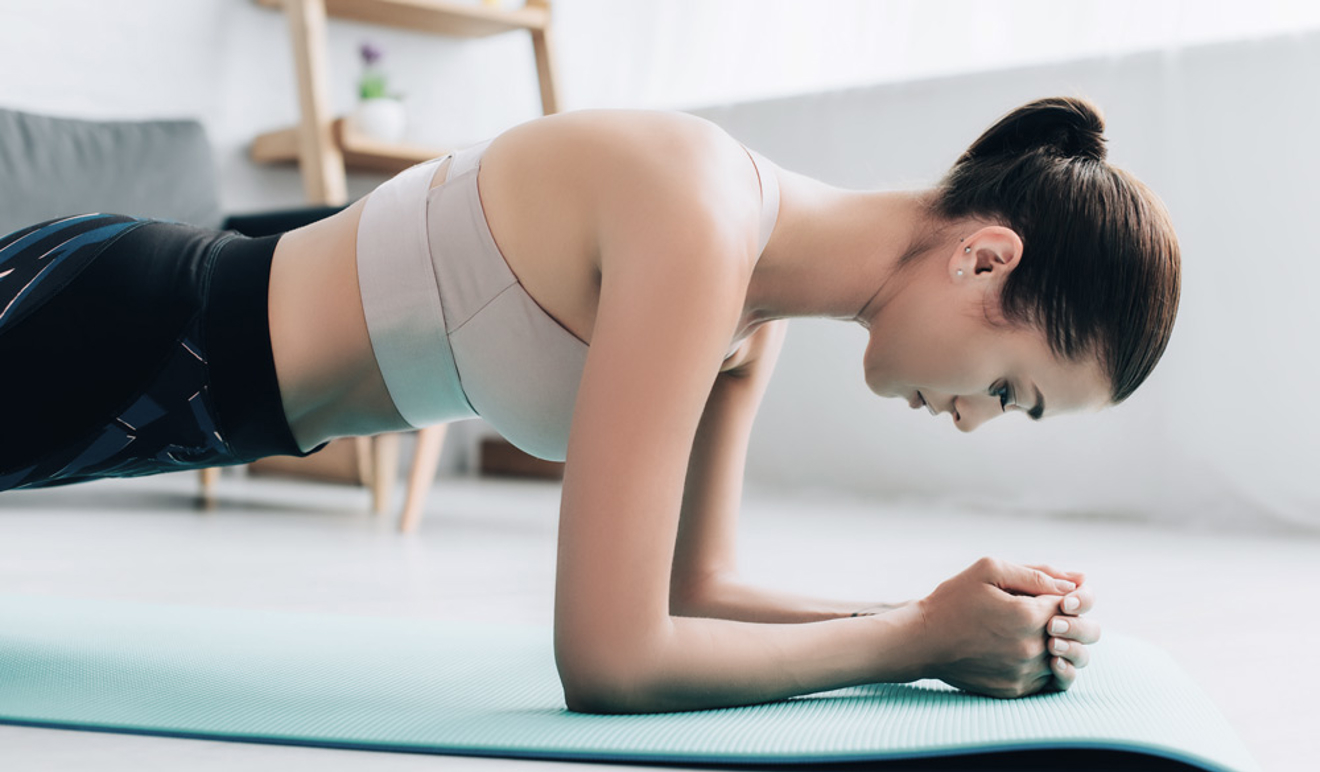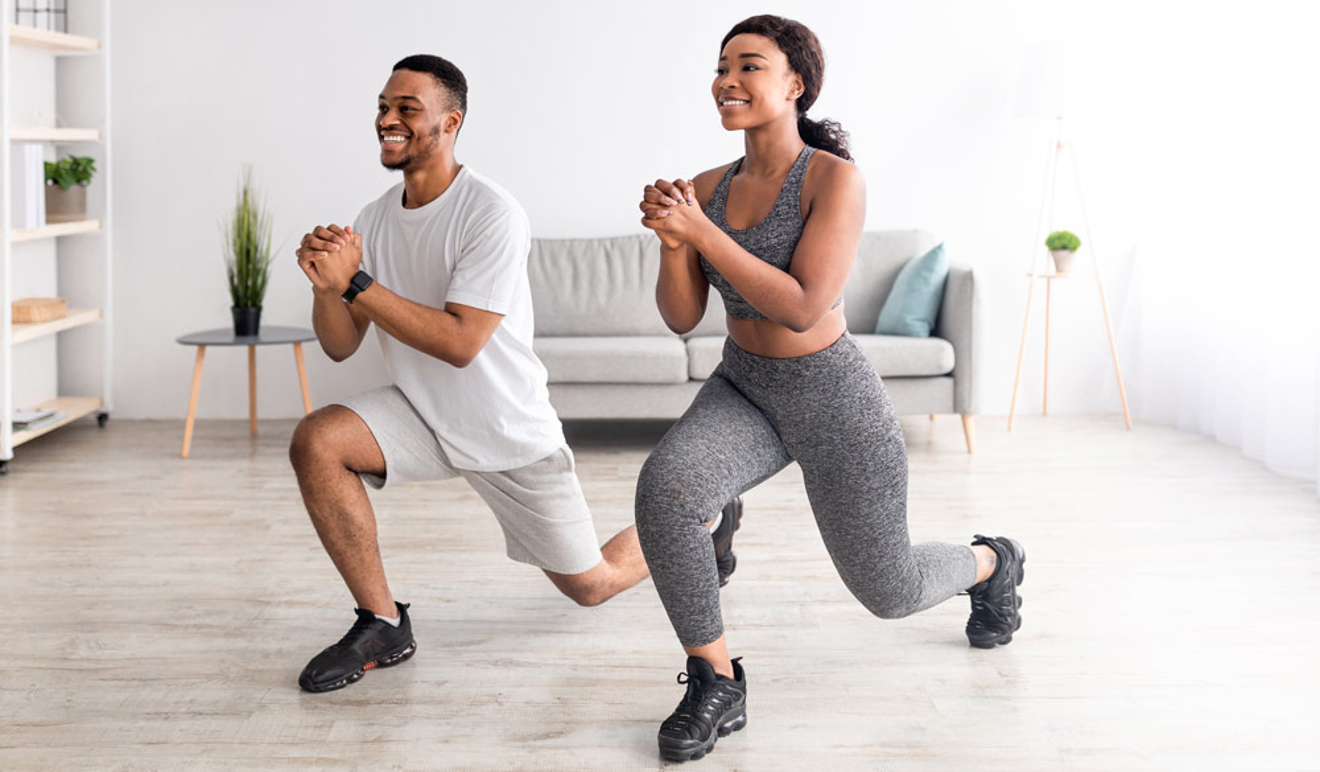Kick-starting your fitness this season
British Sailing Team contractor physiotherapist ‘H’ Draper reveals how a focused approach to fitness can set you up for sailing success
I don’t know about you, but I detest those articles that profess to give you all the answers to your fitness or injury prevention hopes and dreams with a quick fix!
It’s a lot of pressure to hope you wake up every day with all the motivation to change your entire routine and physique overnight.
But building in a little consistency and a ‘little and often’ approach to your fitness plan can make a significant difference as you head into the sailing season. One analogy that I relate to is setting off in a plane or boat - a one degree change in direction can vastly change your destination over the course of an Atlantic crossing. Likewise, a little effort can go a long way as we prepare for the season ahead.
There are some ways to optimise physiological change with amount of time spent training or ways to target muscle growth or endurance. But when we are starting from the ground up, let’s just focus on getting something in the books – a ‘something is better than nothing’ approach!
But before any of that…
Find your ‘why’
Before starting out, it’s very much worth thinking about your individual goals around fitness and injury prevention - what is yours and what is your ‘why’?
- Is it that you’ve got your first Optimist season in the main fleet with the need to hike for long beats and long days on the water for the first time?
- Are you returning to sailing in your mid 40s and are less fit and flexible than you were 20 years ago?
- Have you changed rigs or gone to a foiling set up on your windsurfer?
- Have you become part of a team in a youth class and aiming for domination on the youth circuit?
Having a good think about what your sailing goals, and therefore physical goals, are for the year ahead and committing them to paper can be a useful exercise.
Then have a think about your specific needs with regards to your own fitness journey. This will help focus your attention on where to commit your precious time away from other pressures of school, working or juggling work/family and sailing.
What are your strengths?
For example:
- Are you already super aerobically fit from loads of other sports? Running, cycling etc.
- Have you got many years’ experience sailing or racing your current boat?
- Are you dominant in heavy airs?
- Do you have lots of upper body strength from other sport/gym activity?
What are your weaknesses?
- Do you get off the water stiff?
- Do you find you can’t pump easily downwind?
- Are you always really tired up the last beat?
- Are you struggling to maintain hiking posture/form?
- Is it difficult to get back in the boat after a capsize?
- Do your legs ache too much after day one of an Open meeting?
- Are you forearms sore after too much pumping?
Where are your opportunities?
Do you want to improve your performance in a specific wind condition or class of boat somehow? What would that be?
When in your busy school or work day could you realistically fit in some exercises or a gym visit, or do another sport which may gain you the benefit you need?
Can you habit stack your exercises around something you enjoy doing? For example, whilst watching your favourite reality show or documentary? Or whilst the kids are getting themselves ready for bed? Or perhaps it could work best to get the family involved - a plank challenge for the win perhaps?
What are your threats to making this change or achieving your goal?
Are you time poor? How can you address that? What change might need to happen to enable you to fit exercise into your routine? Do you have a physical injury or condition that needs addressing before you can undertake this approach to fitness and exercise?
By thinking through this process, then you can ensure the exercises you do will be focused based on what you what to achieve.
Get ready for the season with these four focus areas:
There is no perfect exercise but the one you do is a pretty good start! It’s definitely worth thinking about choosing exercises that fit into these four focus areas as a starting point.
Flexibility:The World’s Greatest Stretch is a useful baseline to help mobilise the hips and upper back. This can also provide a basis to work on other exercises or be the beginnings of a simple yoga flow.
5-10 reps each side.

Trunk or core stability: Whilst the Plank is static, you can add in variations or challenges. As long as you get the basic set up position correct this can serve as a useful exercise and one which you can progress and easily gauge improvements over time.
Aim for 3 x 30secs or until you feel your form drops.

Lower body: The Reverse Lunge is great for working not only the quads but also the glutes and hamstrings as well as challenging balance. Start with getting the basic bodyweight movement for a Reverse Lunge down to a tee, and execute it well before considering adding variations or weight. 3x 8-12 reps

Upper body: Banded Ts and Ys are ideal for strengthening and developing the muscles of the rear shoulder and upper back. 3x 8-12 reps
What is really important with each of the exercises you choose is that strong body positions and executing good technique slowly and with control is important. Reps and sets will vary depending on the individual. If you have a specific injury or niggle it is always best to consult a healthcare professional to get your specific needs addressed.

